Lessons learned in AI and design workflows
Hard truths and hopeful signals from a product designer at Dropbox
Disclaimer: Everything written below reflects my personal opinions and observations, not those of my employer.
Recently, on a whim, I posted about how I’ve been experimenting with Figma Make – building out a few page templates to help collaborators explore ideas. Below is an example I used in the post of how I leveraged Figma's new AI tool to prototype at Dropbox and test ideas.
Funny enough, as of this writing, Figma just released its own template feature.
I love that product partners are experimenting with tools like Lovable to bring their concepts to life, but sometimes those concepts get lost in translation when they don’t feel on brand.
That post, which I didn’t expect much from, ended up being surprisingly well-received.
I think it resonated because, at least on LinkedIn, there’s no shortage of discussion about AI and design, but there are far fewer concrete, real-world examples.
Since then, I’ve had numerous conversations with designers, engineers, and product partners about their experiments with AI. Each day brings new insights, and I’ve captured some of my recent lessons and observations in this article.
Lesson 1: The bridge from design to engineering isn’t magic (yet)
A colleague who wanted to spin up something independently at their company once asked if there was any shortcut that could make the gap between design and engineering nearly disappear.
Unfortunately, the answer today is no…at least not yet.
As Daniel Farrell, co-founder of Onlook, puts it, “Adoption looks like a J-curve right now”. That feels true. At Dropbox, our design system team has made real progress in helping designers get up to speed with tools like Figma Make and Cursor. For Figma Make, we have ready-to-use Figma libraries. For Cursor, two design system engineers built a native MCP server during Hackweek that can read directly from our design system. This made Cursor’s output more realistic and its code more usable – especially when paired with the Figma Dev Mode MCP Server.
Still, generated code isn’t production-ready out of the box. One designer on Dropbox Dash shipped Cursor-generated code into production, but only after engineers refactored it first.
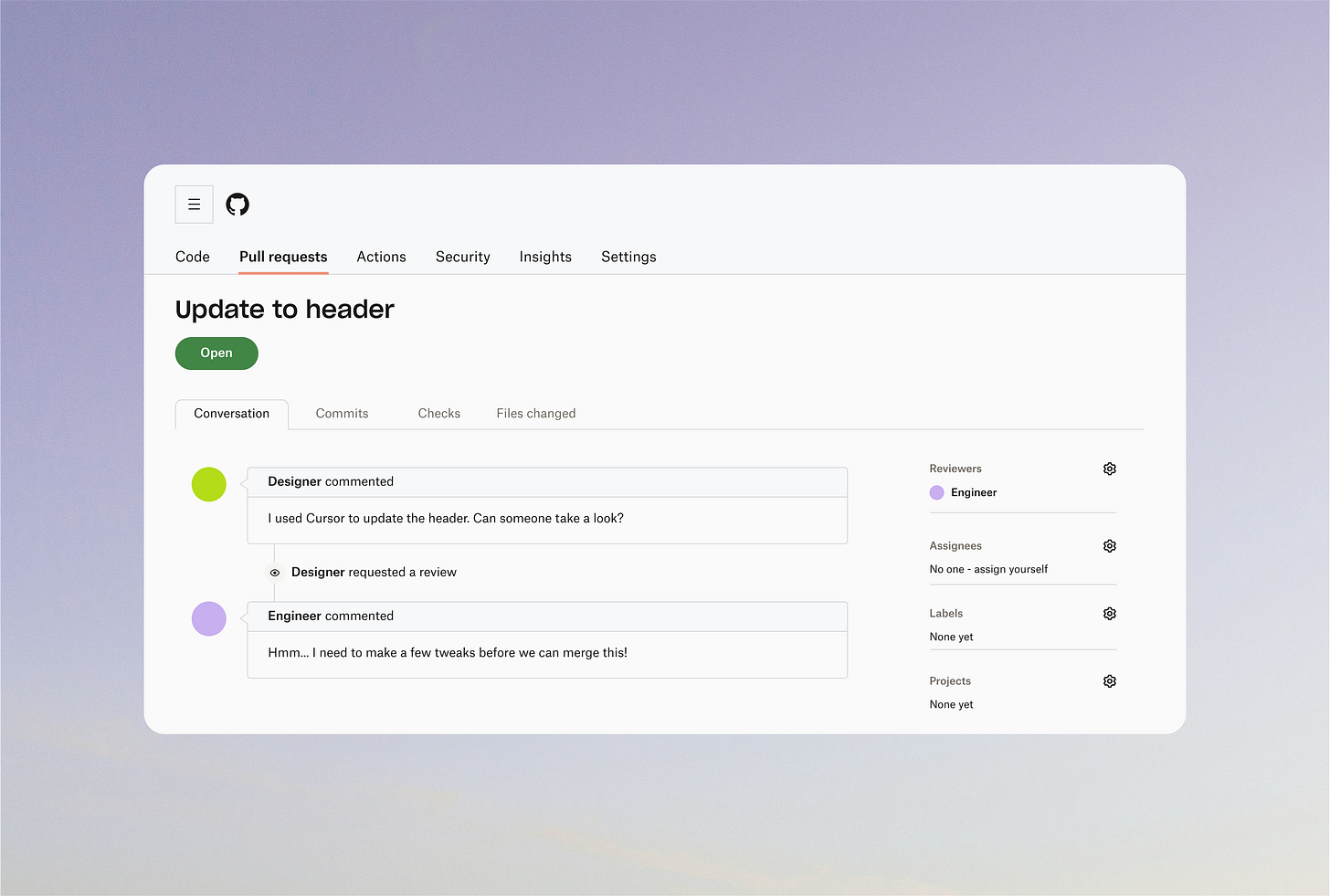
And not all platforms are equal. Newer products with less technical debt integrate more smoothly, while older pages—like those authored in legacy CMS-style systems—can be tricky. Though I suspect landing pages may be one of the first areas ripe for disruption.
Even with responsive layouts, tools like Figma Make and Cursor aren’t necessarily mobile-first, and depending on your org setup, you may need extra effort to close the gap for mobile.
In my view, a successful system is one where designers can independently handle fit-and-finish details — or even push technically sound pull requests on their own — while engineers spend more time on foundational work. That’s a win-win. We’ll get there eventually, but organizations that are willing to adapt quickly will arrive sooner.
Lesson 2: Design “shortcuts” are harder to hide
Counterintuitively, AI tools tend to expose design shortcuts rather than hide them.
Detach too many components, skip auto-layout, or use custom colors instead of tokens, and Figma Make will struggle to produce accurate results. If your organization hasn’t invested in a design system at all, the problem compounds—there’s simply no foundation for AI to build consistent output on.
For example, if you don’t maintain something as simple as a “Tokens” library, your designers won’t be able to fully leverage AI tools. That’s a blocker to adoption before you even begin.
You might ask: Why does this matter? Can’t I just use Tailwind?
Tailwind is fine for spinning up small tools where brand consistency isn’t critical. But if you’re generating ideas with AI tools at a company with a solid design language, they need to align with your design system to be taken seriously.
Some argue that eventually AI tools will be smart enough to “learn” your brand’s design language from a few sample files. Maybe. But until then, poor system investment means missed opportunities.
Lesson 3: Internal champions make all the difference
At many large organizations, designers are being nudged—or even mandated—to integrate AI into their workflows. Yet no one has cracked the perfect process. There’s still effort required to make these tools work meaningfully.
Access is also critical. If designers don’t even have access to AI tools, it’s unrealistic to expect them to experiment. I’ve been fortunate that Dropbox provides enterprise access to ChatGPT, Cursor, and Figma Make. That’s what’s allowed me to try, fail, and refine my own approach.
And while mandates rarely inspire creativity, curiosity does. I’d bet that in every design org, there are a few designers eager to explore AI—if they have the bandwidth and support.
On Dropbox Dash, for instance, internal champions put in the time to make Cursor more powerful. Their work enabled other designers to effortlessly spin up staging branches with production-ready code.
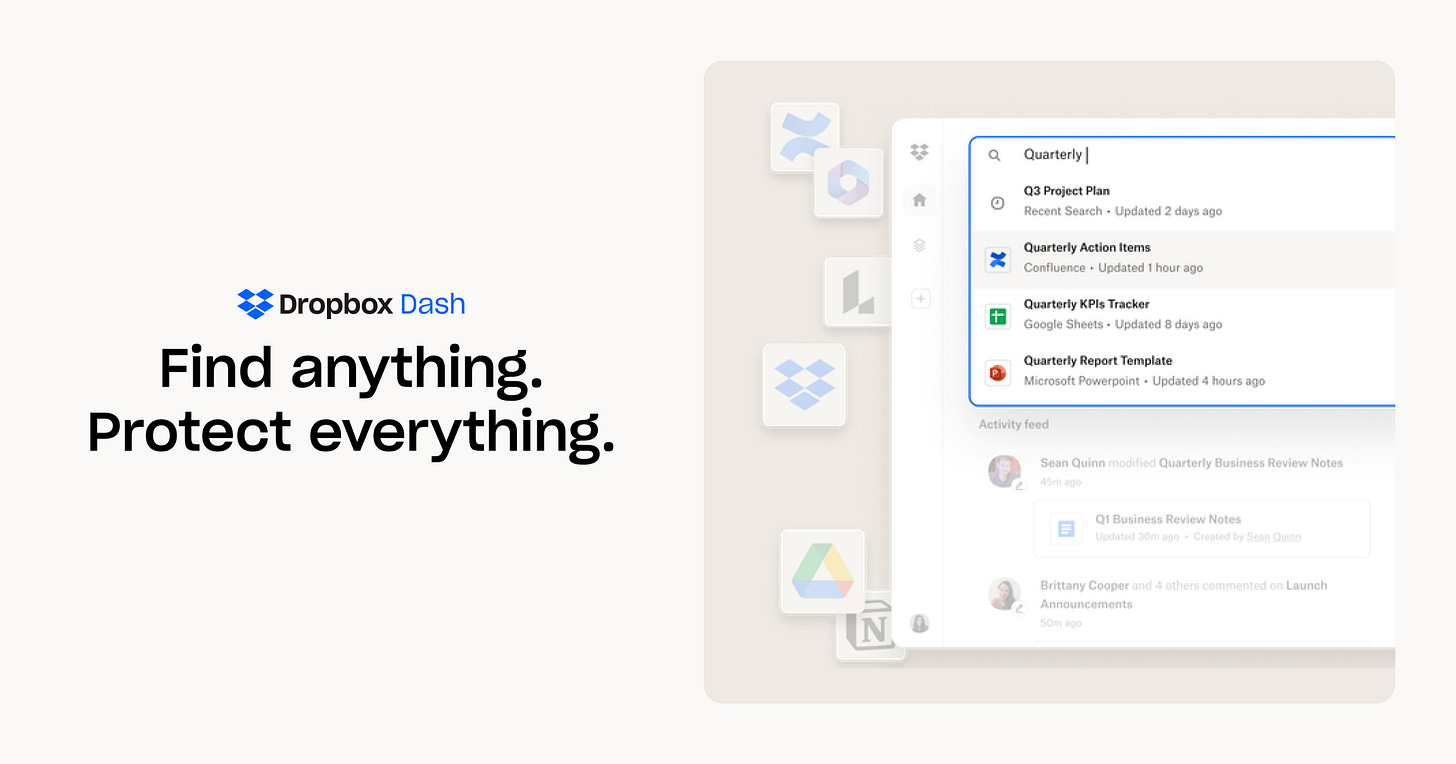
If you influence design culture, give your team resources and space to experiment. Designers thrive on play and iteration—that’s how breakthroughs happen.
Lesson 4: Critical thinking will always win out
We now have a wide range of AI tools at our disposal, but nothing replaces critical thinking.
I’ve seen more product managers and designers using Figma Make to generate additional options. These outputs can be useful for sparking ideas, but because they lack context—previous design decisions, product strategy, user insights—they’re rarely usable as-is.
Over time, the outputs will get better. They may even look production-ready. But that doesn’t eliminate the need for scrutiny, questioning, and iteration. Critical thinking remains a designer’s most valuable tool.
Will we see a future where AI can ingest company documents and produce strong, on-brand design options? Very likely. Could research moderation eventually be automated? Also possible.
I can’t predict when, but I believe that even if those tools arrive, their real value will be freeing up bandwidth—giving us space to slow down, think more deeply, and focus on high-value work.
In closing
Taken together, these lessons point to a few clear themes: the design-to-engineering bridge is improving but not yet seamless, weak systems and shortcuts will be surfaced rather than hidden, true progress depends on internal champions who can push the boundaries, and – above all – critical thinking remains the foundation of good design.




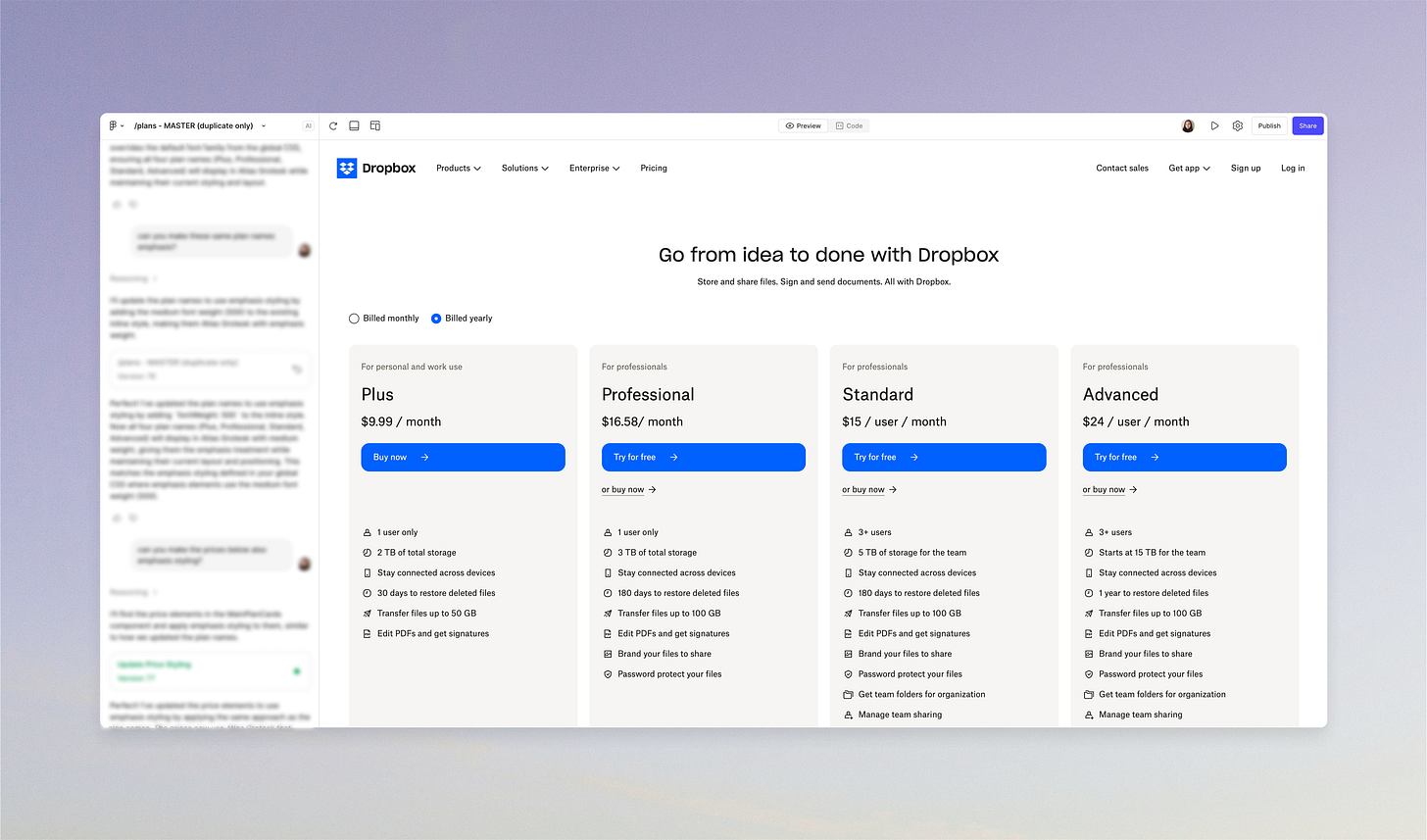
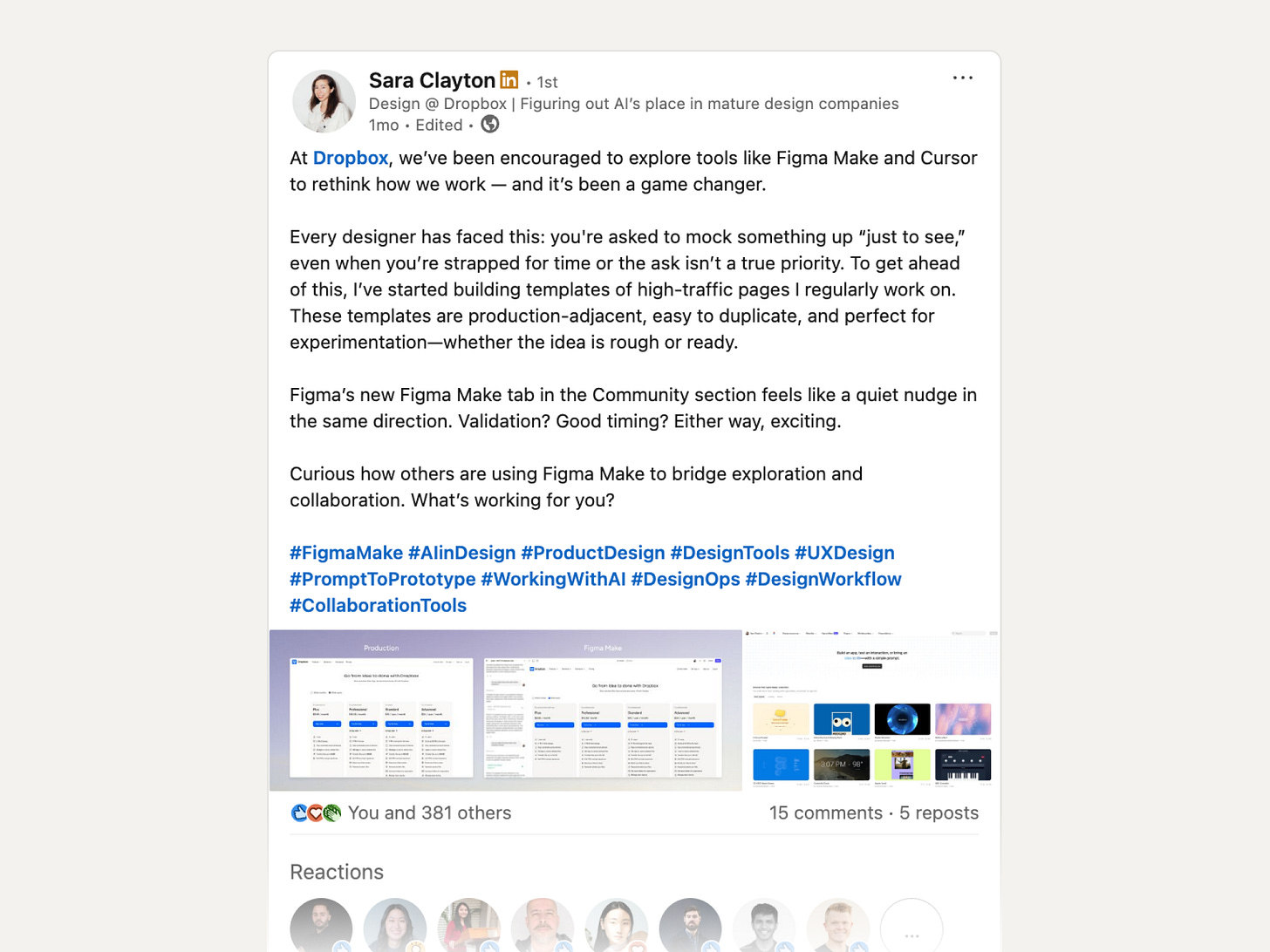
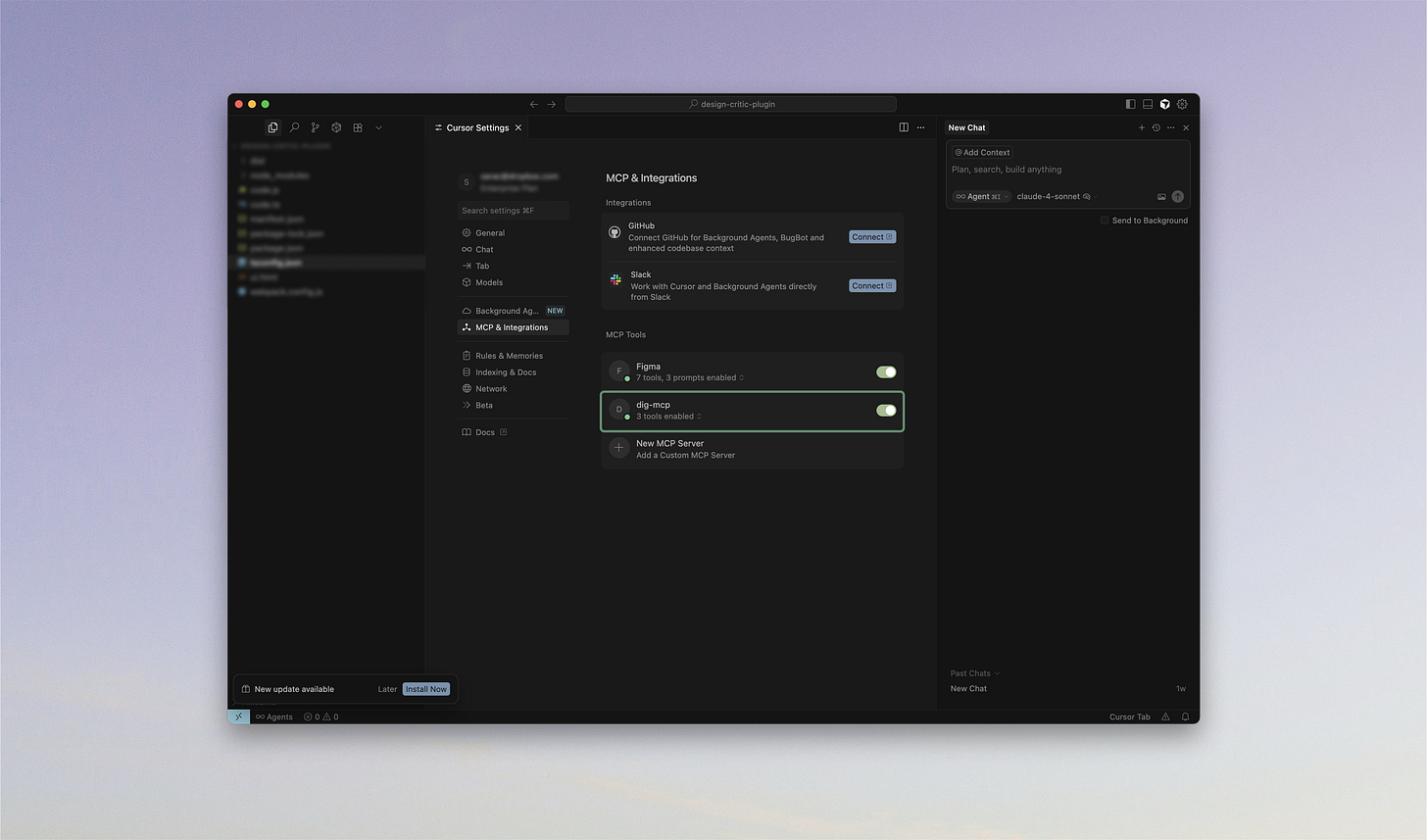
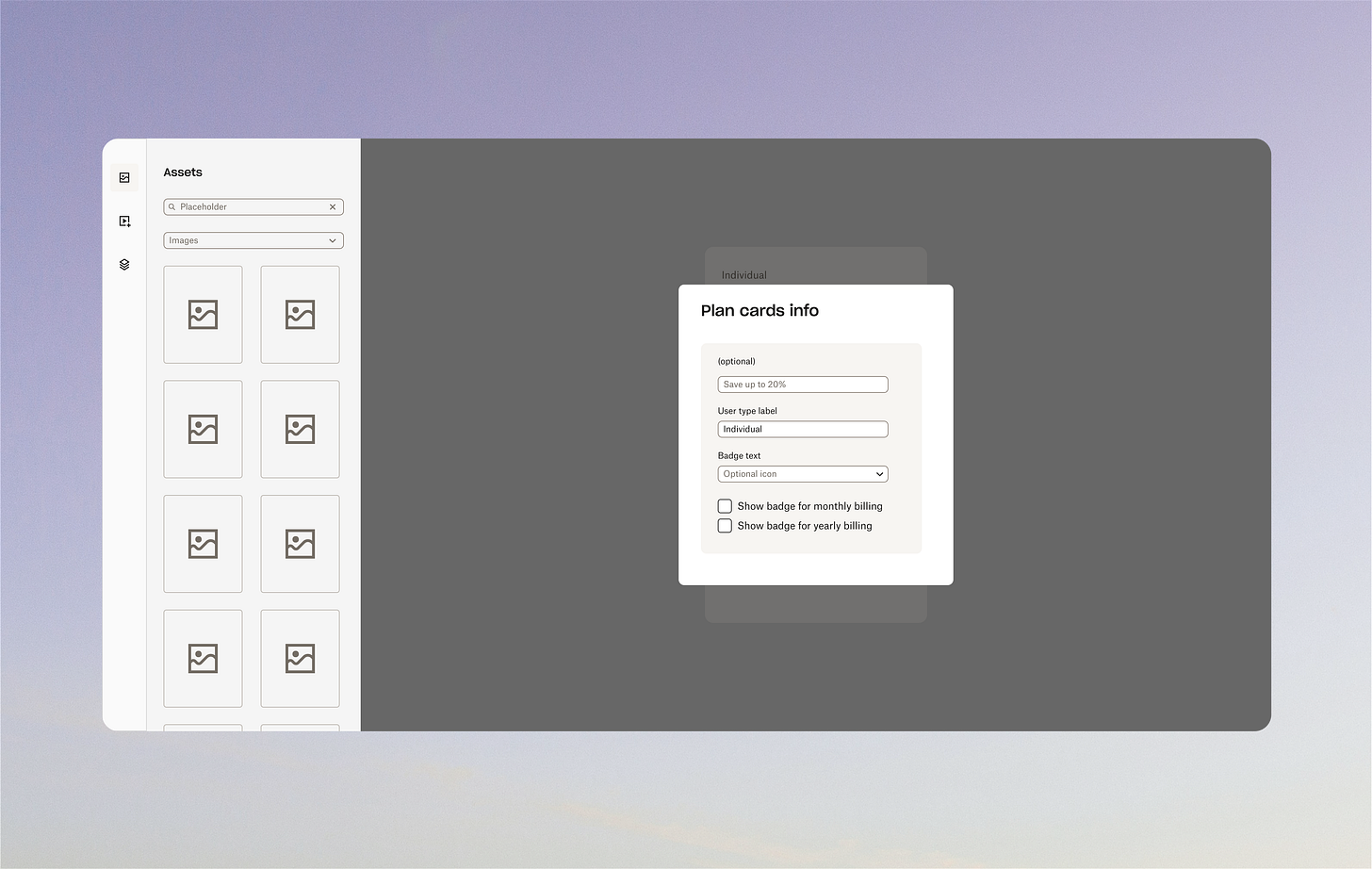

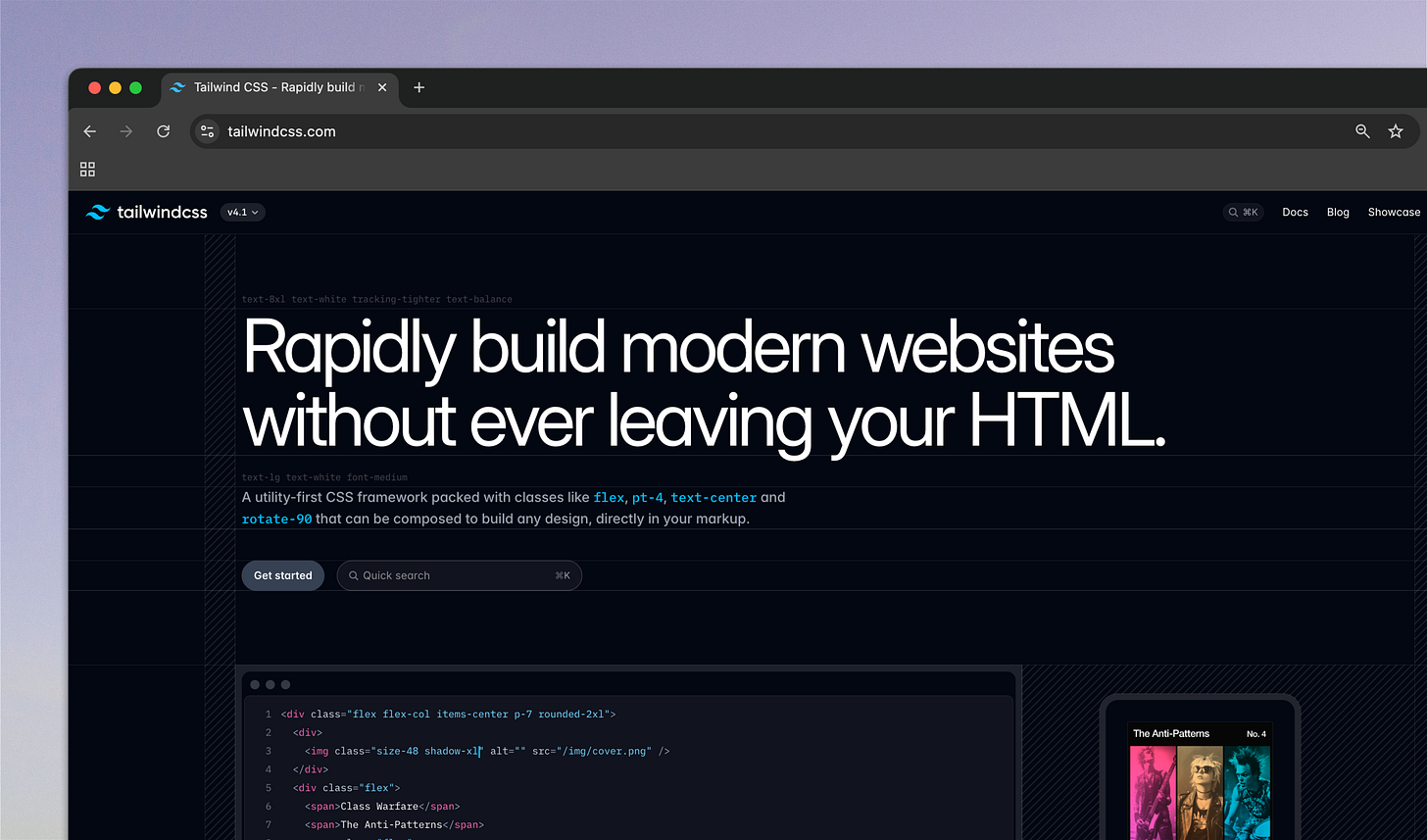

Great perspective Sara!